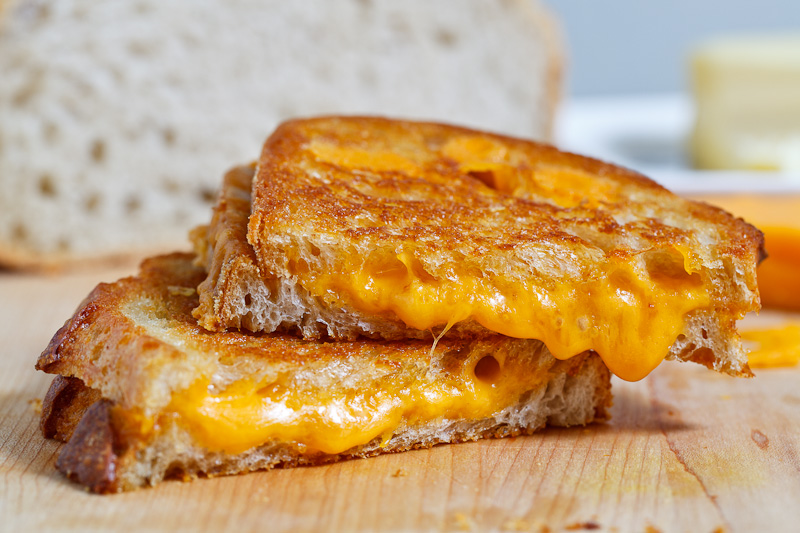Beef tallow is a rendered form of beef fat that has been used for centuries in cooking, skincare, and even industrial applications. It is derived from suet, the hard fat surrounding the kidneys and loins of cattle. With a long shelf life and a high smoke point, beef tallow is regaining popularity among chefs, home cooks, and those interested in natural, traditional fats.
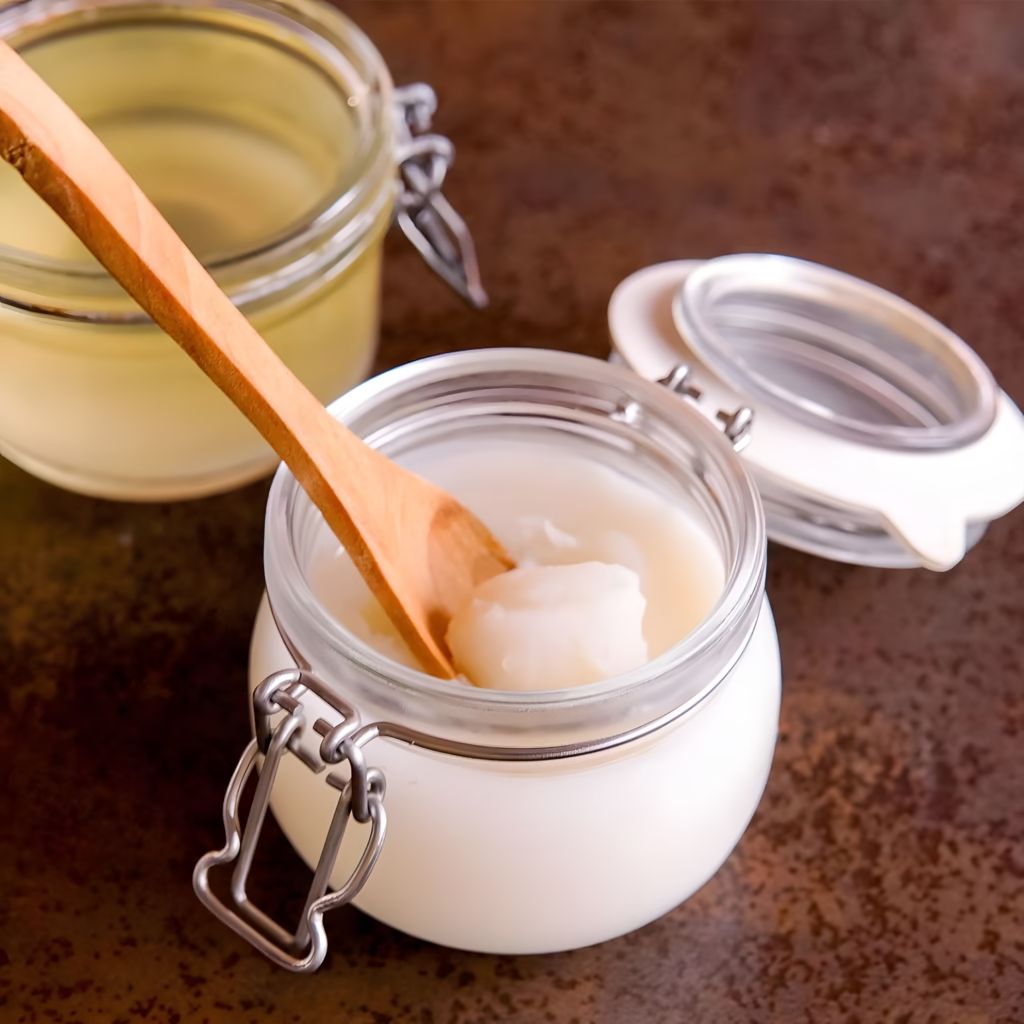
History and Traditional Uses
Historically, beef tallow was a staple in many households. Before the widespread use of vegetable oils and shortening, tallow was the primary fat for frying, roasting, and baking. It was also a key ingredient in soap-making, candle production, and as a lubricant for machinery. Indigenous cultures and early settlers used tallow for food preservation and skin protection against harsh weather conditions.
Nutritional Profile and Health Benefits
Beef tallow is composed primarily of saturated and monounsaturated fats, with small amounts of polyunsaturated fats. It also contains fat-soluble vitamins such as A, D, E, and K. Some benefits of beef tallow include:
- High Smoke Point: With a smoke point of around 400°F (204°C), beef tallow is excellent for frying and sautéing without breaking down into harmful compounds.
- Rich in Healthy Fats: The combination of saturated and monounsaturated fats provides energy and supports brain function.
- Supports Skin Health: Tallow-based skincare products are known for their moisturizing and protective properties, similar to human sebum.
- Stable for Cooking: Unlike many vegetable oils, beef tallow does not easily oxidize, making it a healthier choice for high-heat cooking.
5 Ways Tallow (Beef Fat) Can Help You Lose Weight
Culinary Uses
Beef tallow can be used in various ways in the kitchen, including:
- Frying: Tallow gives fried foods a rich flavor and crispy texture, making it ideal for French fries, fried chicken, and doughnuts.
- Baking: It can be used as a substitute for butter or shortening in pie crusts, biscuits, and pastries.
- Roasting: Coating vegetables and meats with tallow enhances their flavor and caramelization.
- Seasoning Cast Iron Cookware: Applying a thin layer of tallow on cast iron pans helps maintain their seasoning and prevents rusting.
How to Render Beef Tallow
Making beef tallow at home is simple and requires minimal ingredients and equipment. Follow these steps:
Ingredients:
- Beef suet (kidney fat or other fat trimmings from beef)
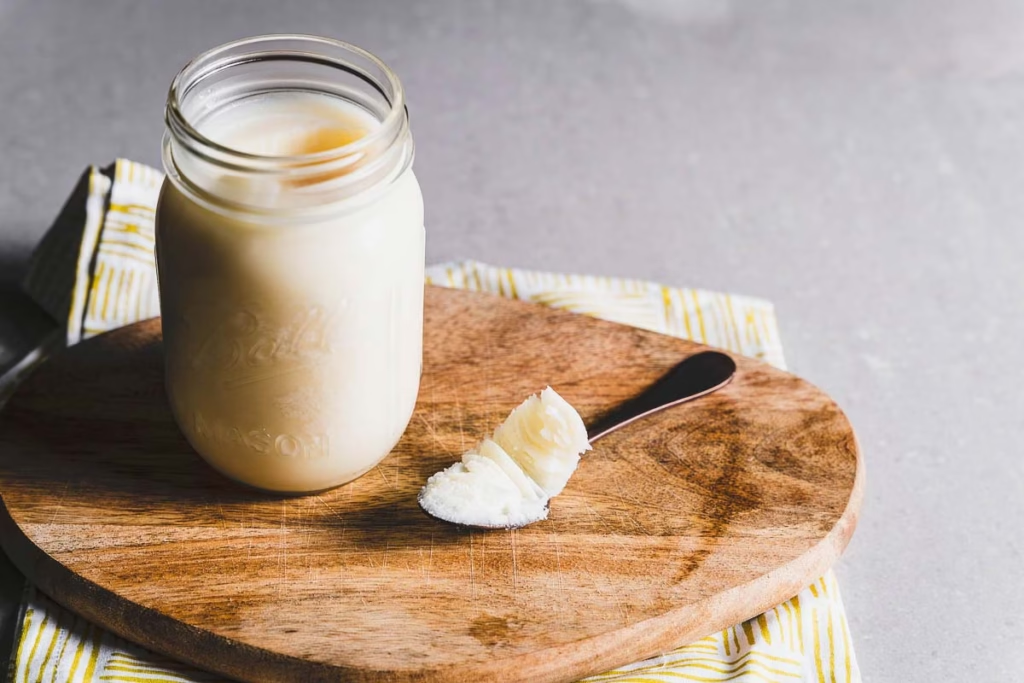
Instructions:
- Chop the Fat: Cut the suet into small pieces or grind it for faster rendering.
- Slow Heat: Place the fat in a heavy-bottomed pot or slow cooker over low heat.
- Melt and Strain: Allow the fat to melt slowly, stirring occasionally. Once fully melted, strain it through a fine-mesh sieve or cheesecloth to remove impurities.
- Cool and Store: Pour the liquid tallow into glass jars or containers. Once cooled, it solidifies into a creamy white fat.
Storage and Shelf Life
Beef tallow is highly stable and can be stored at room temperature in an airtight container for months. For extended shelf life, refrigerate or freeze it. Properly stored tallow can last up to a year or more without going rancid.
Non-Culinary Uses
Apart from cooking, beef tallow has numerous other applications:
- Skincare: Used in balms, lotions, and soaps for its moisturizing and nourishing properties.
- Candle Making: Provides a clean and long-lasting burn.
- Lubrication: Traditionally used for greasing machinery and leather conditioning.
- Homesteading: Used in food preservation techniques like pemmican, a high-energy dried meat product.
Conclusion
Beef tallow is a time-honored fat with remarkable versatility. Whether used for cooking, skincare, or traditional crafts, its benefits make it a valuable addition to any household. As modern interest in natural and nutrient-dense foods grows, beef tallow continues to prove its worth as a practical and sustainable fat option.
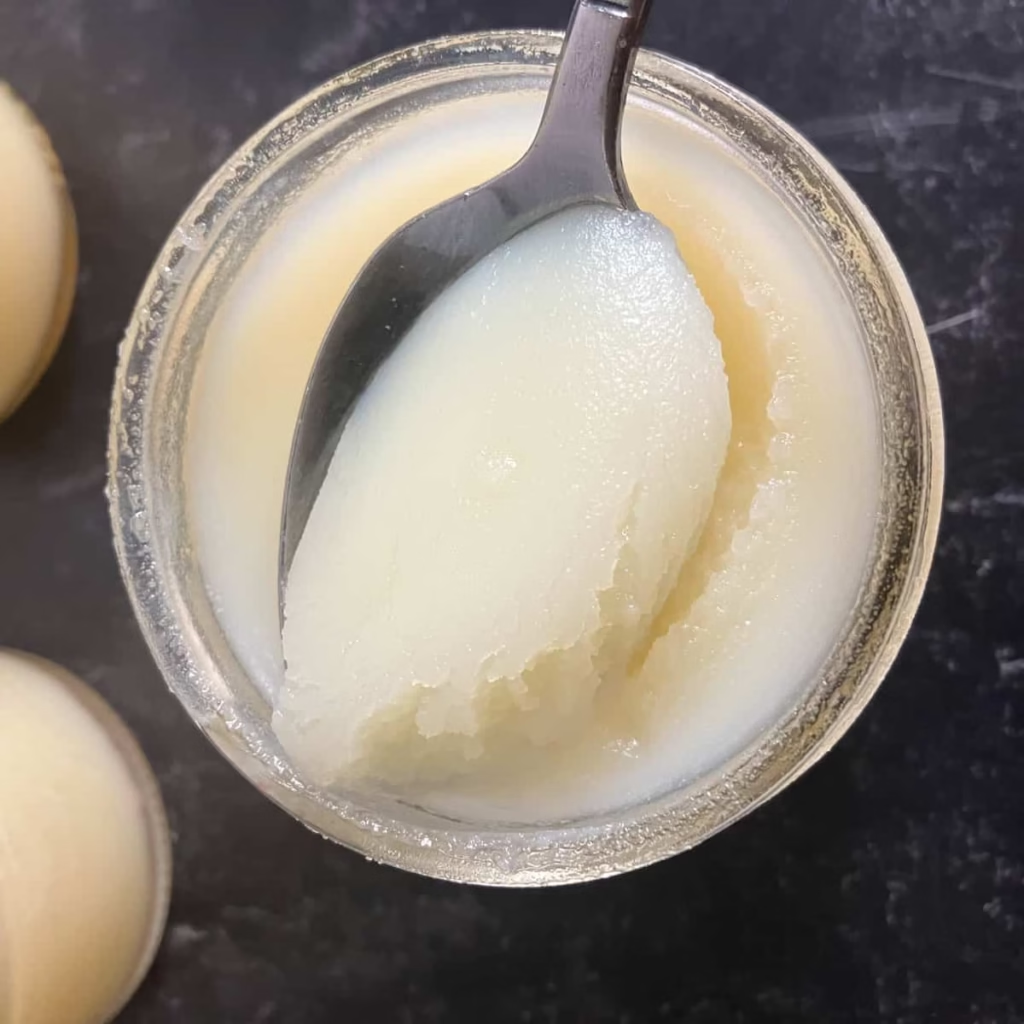
FAQ for Beef Tallow
1. What is beef tallow?
Beef tallow is a rendered form of beef fat, often derived from suet, which is the hard fat found around the kidneys and loins of cattle. It is commonly used for cooking, baking, and even skincare.
2. How is beef tallow made?
Beef tallow is made by slowly heating beef fat (usually suet) until it melts. The liquid fat is then strained to remove impurities and allowed to cool and solidify.
3. Is beef tallow healthy?
Beef tallow is rich in healthy fats, including monounsaturated fats and omega-3 fatty acids, especially when sourced from grass-fed cattle. It is also free of trans fats and contains vitamins such as A, D, E, and K2. However, it should be consumed in moderation as part of a balanced diet.
4. What are the uses of beef tallow?
- Cooking: Beef tallow is excellent for frying, sautéing, and roasting due to its high smoke point.
- Baking: It can be used as a substitute for butter or lard in recipes.
- Skincare: Tallow is often used in natural soaps, balms, and moisturizers due to its nourishing properties.
- Candle-making: Tallow can also be used to make candles.
5. Can beef tallow be reused?
Yes, beef tallow can be reused for cooking multiple times, as long as it is properly strained and stored after each use. However, its quality may degrade over time with repeated heating.
6. How should beef tallow be stored?
Beef tallow should be stored in an airtight container in a cool, dark place. It can also be refrigerated or frozen for extended shelf life.
7. Does beef tallow have a strong flavor?
Beef tallow has a mild, beefy flavor that enhances the taste of dishes without overpowering them. The flavor can vary depending on how it is rendered and the quality of the fat.
8. Is beef tallow keto-friendly?
Yes, beef tallow is a great choice for those following a ketogenic or low-carb diet, as it is high in healthy fats and contains no carbohydrates.
9. Can I make beef tallow at home?
Yes, making beef tallow at home is simple. You’ll need beef suet, which can be rendered by slowly heating it until the fat melts, then straining and cooling it.
10. Where can I buy beef tallow?
Beef tallow can be purchased at specialty grocery stores, butcher shops, or online. Look for high-quality, grass-fed beef tallow for the best nutritional benefits.
11. Is beef tallow the same as lard?
No, beef tallow is rendered fat from cattle, while lard is rendered fat from pigs. They have different flavors and uses, though both are versatile cooking fats.
12. Is beef tallow environmentally friendly?
Using beef tallow can be considered sustainable, as it repurposes fat that might otherwise go to waste. Additionally, when sourced from grass-fed or pasture-raised cattle, it supports more eco-friendly farming practices.
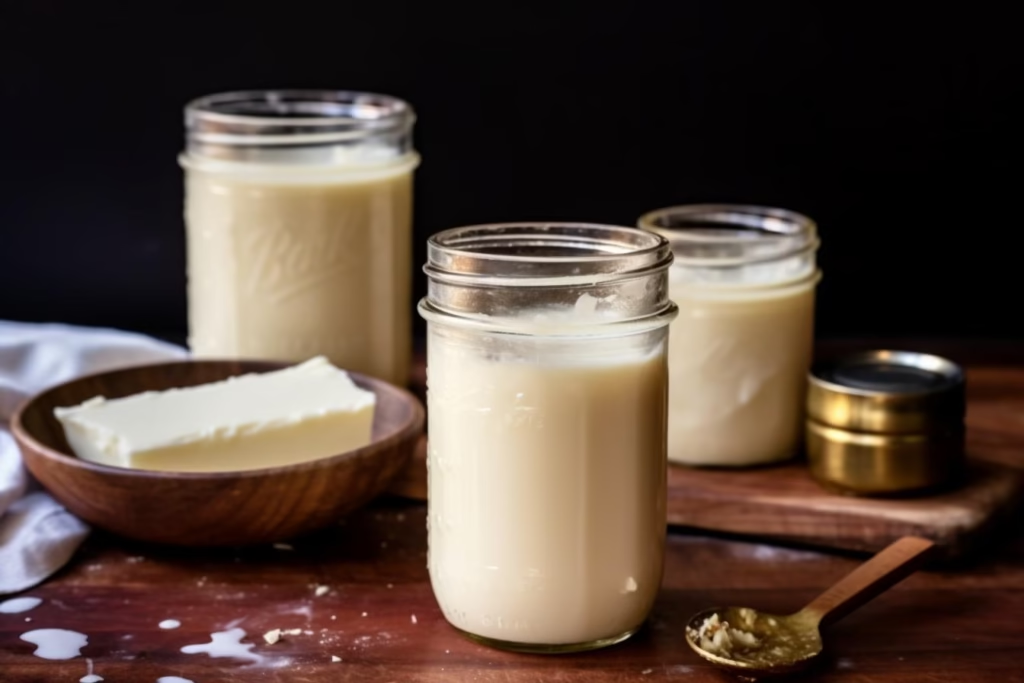
Is beef tallow good or bad for you?
AI Overview
Beef tallow, while containing some beneficial components, is primarily high in saturated fat, which when consumed in excess, can increase the risk of heart disease and other health problems. So, it’s best to consume it in moderation and as part of a balanced diet, rather than making it a primary fat source.
Is beef tallow healthier than butter?
AI Overview
Beef tallow and butter are both high in saturated fat and cholesterol, but beef tallow has a higher monounsaturated fat content.
Beef tallow
- Has a higher monounsaturated fat content, which may benefit heart health
- Contains fat-soluble vitamins A, D, E, and K, which are important for bone health and immune function
- Contains conjugated linoleic acid (CLA), an omega-6 fat that may prevent plaque buildup in arteries

